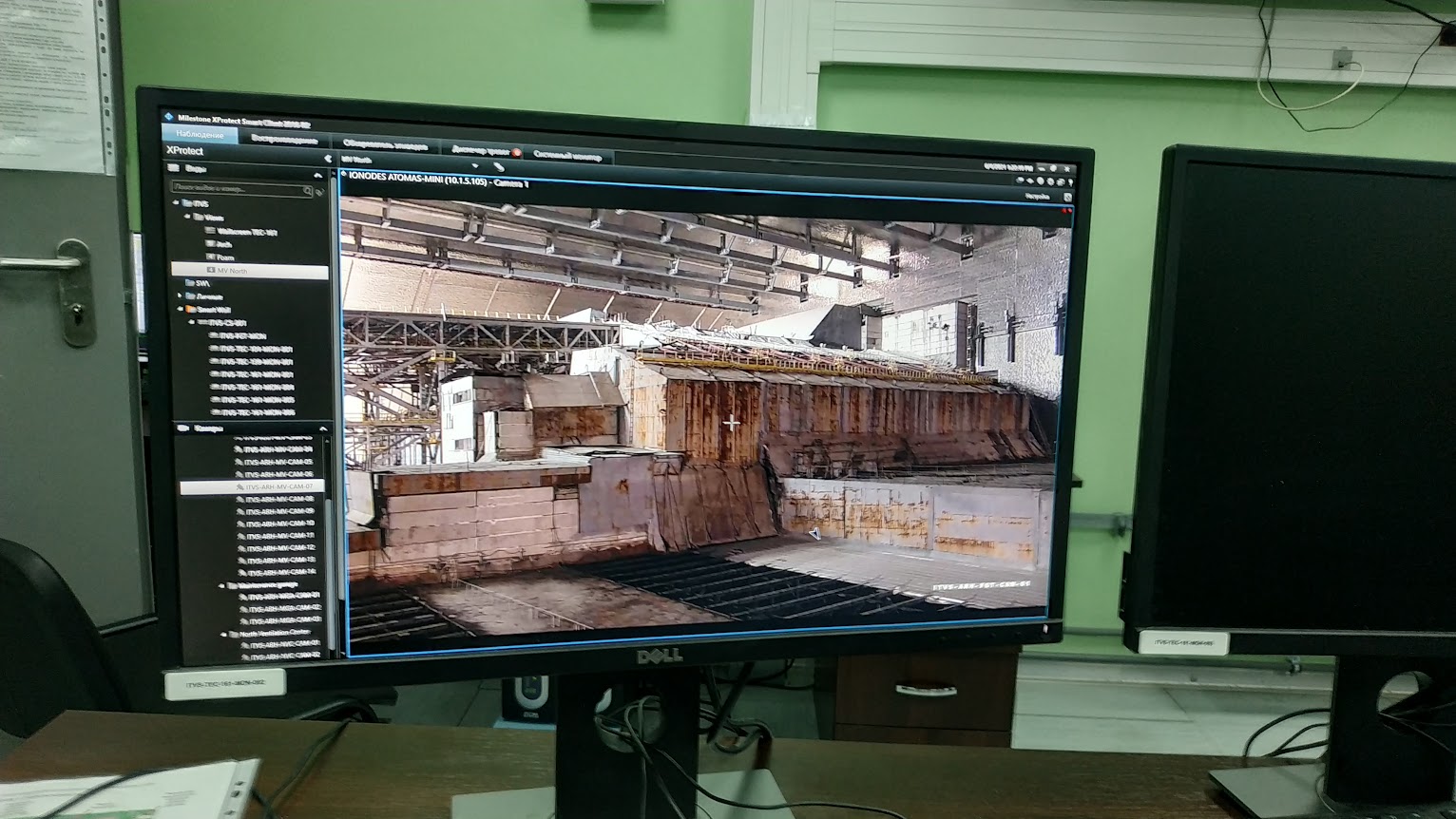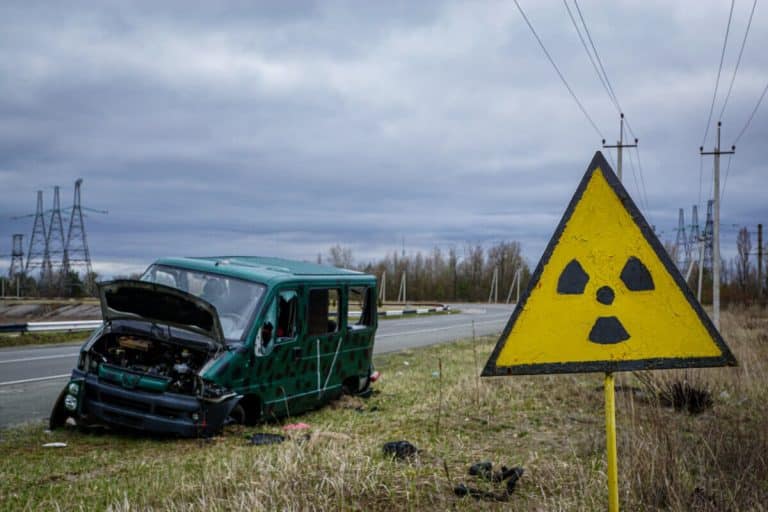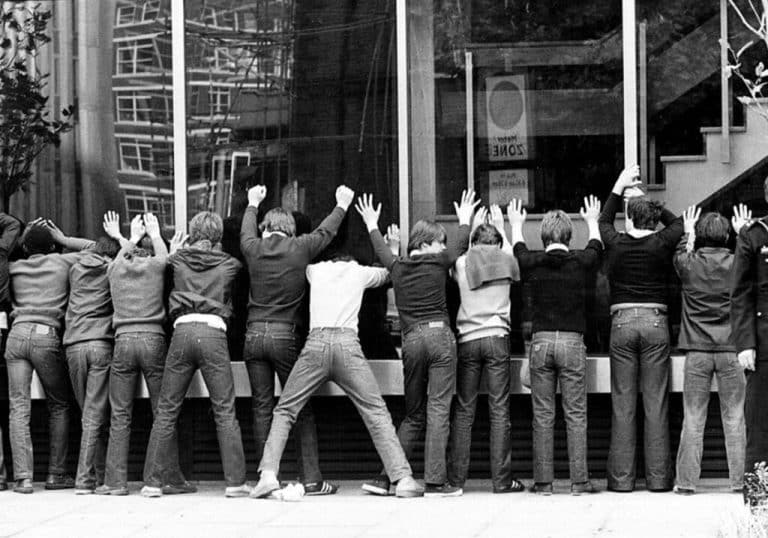Chernobyl 1986: New investigations point to deliberate accident
Various research groups are employing modern methods to reanalyze information regarding the alleged deliberate sabotage of the Chernobyl Nuclear Power Plant (ChNPP) in 1986. The catastrophic incident at Ukraine’s first nuclear power station had been in the making since its commissioning in 1972.
It is known that the causes of the April 26, 1986, accident were deliberate violations during the operation of Reactor Unit 4, committed by external individuals rather than the plant’s regular staff.
Number of Accidents at ChNPP
All information about accidents and incidents in the USSR was classified and prohibited from being published in print media, radio, and television. Since the station’s inception, at least 56 different accidents occurred, with 22 cases involving radioactive material leaks, 8 of which resulted in environmental contamination.
The first accident at Chernobyl occurred on September 9, 1982, at Unit 1 during the reactor’s third startup. After scheduled maintenance, new fuel assemblies were found to be damaged, and the SKALA emergency protection system did not respond to operational deviations for 20 minutes, failing to shut down the faulty reactor.
As a result of the delayed safety system response, channel No. 841 in the reactor lid depressurized, ejecting the fuel assembly into the ceiling of the hall. Through the resulting hole, the reactor’s core contents entered the reactor hall—a highly radioactive steam-gas mixture at over 250 degrees Celsius under 70 atmospheres of pressure.
This incident was kept secret in the USSR, and information about casualties was also classified. The investigation yielded no results, and a commission of designers, scientists, and plant specialists failed to determine the causes and culprits of the accident. There were only two versions: manufacturing defects in the fuel assembly or damage during transportation and loading into the reactor.
Fuel Assembly Design
A fuel assembly for RBMK-type reactors is a zirconium tube filled with pellets of uranium dioxide (UO₂) enriched to 2.8%.
-
Design enrichment: 1.8%
-
In certain modifications, fuel with 2.0% and 2.4% enrichment was used
-
Design length of the fuel assembly at 100% power: 3800 mm
-
Internal diameter of the fuel assembly: 7.72 mm
-
External diameter of the fuel assembly: 9.1 mm
The dimensions of the UO₂ pellet in the RBMK-1000 reactor fuel assembly are as follows:
-
Pellet diameter: 7.57 mm with a central hole of 2.3 mm
-
Pellet height: 9-12 mm
-
Height of the fuel pellet stack in cold state: 3460 mm
-
Each fuel assembly contains approximately 0.93-1.52 kg of UO₂
-
Number of pellets in a fuel assembly: from 295 to 390
Pellet mass: 2.4-5.1 grams, depending on pellet height.
1972 ChNPP Reactor Fuel Reloading
RBMK (High Power Channel-type Reactor) reactors were dual-purpose by design and were used in the USSR both for electricity generation at 1500 MW and for weapons-grade plutonium production at 1000 MW. Gross violations in reactor operation were deliberately introduced during a poorly understood experiment conducted at Chernobyl Unit 4 on April 26, 1986. The experiment was a “safety system test” using the inertia of the Unit 4 turbine generator.
The declared purpose of the tests was to “check the power supply level of the emergency cooling pumps of the active reactor in case of external power loss.”
The program included three stages – :rri.kyoto-u.ac.jp
-
Simulating two emergency situations: bearing oil pipeline rupture and external power loss
-
Using the kinetic energy of the turbine generator shaft rotation to generate electricity
-
Transmitting the generated electricity to the reactor’s emergency cooling system pumps
The control room staff during the accident included eight people:
-
Anatoly Dyatlov — Deputy Chief Engineer, responsible for test safety
-
Leonid Toptunov — Senior Reactor Control Engineer
-
Aleksandr Akimov — Shift Supervisor of Unit 4
-
Valery Khodemchuk — Senior Circulation Pump Operator
-
Vladimir Shashenok — Automation Systems Adjustment Engineer
Attached specialists:
-
Razim Davletbaev — Deputy Head of the Turbine Shop
-
Pyotr Palamarchuk — Head of the Commissioning Department
-
Konstantin Perchuk — Senior Turbine Shop Operator
Most of the employees listed above died either immediately during the accident or shortly thereafter. However, all 9,000 ChNPP employees, including those who lived to old age, remained silent about colleagues whose names are still classified.
The All-Seeing and All-Knowing? And the Almighty KGB, Comrade Major…
Naturally, this refers to KGB officers of various ranks who, in addition to operational work at ChNPP, maintained paired posts in the control room and exercised direct control. Their duties included documenting staff actions, operating modes, and reactor conditions; they had a separate communication line, were armed with Makarov pistols, and had the authority to issue orders to shift supervisors.
However, on April 26, 1986, in violation of all regulations, state security personnel were entirely absent from the Chernobyl Nuclear Power Plant. On April 25, a pleasant Friday evening, all KGB officers and sergeants, along with their children and families, simultaneously departed for vacation in unknown directions—not only from Pripyat, but also from Slavutych. Remarkably, each head of the family had prepared in advance and thoughtfully packed everything potentially useful for a spring getaway—books, radios, tape recorders, televisions, fur coats, dishes, and paintings.
What really happened at ChNPP on March 26, 1986
In reality, personnel were supposed to conduct diagnostics and precise measurements on bearing No. 12 of the TG-8 turbine generator. These actions were part of that process. The Leningrad-based Elektrosila plant, responsible for designing and producing the generator for Unit IV, had incorporated a novel design that combined the bearing housing with an emergency oil reservoir in case of oil supply disruption.
Immediately after the launch of Unit 4’s turbine generator, a structural flaw was detected: the transitional bearing in the turbine-generator assembly exhibited powerful resonance vibrations. Operators had been suppressing these sporadic vibrations through unsystematic adjustments to reactor operation—either increasing or decreasing the shaft rotation frequency. Despite repeated requests, Elektrosila refused to send their engineers to address what was clearly a manufacturing defect for three years.
These vibrations caused fatigue cracks in the welds of high-pressure piping and oil lines. As a result, oil leaks—posing a constant fire hazard—were frequently eliminated by the duty shift in the Unit 4 reactor hall.
In spring 1986, engineers from Elektrosila unexpectedly arrived and began addressing the problem. On April 11, a truck carrying diagnostic equipment was hoisted into the turbine hall of Unit 4. Sensors were attached to the problematic bearing, and part of the equipment was installed in the control room. Over 14 days, data was collected at different levels of reactor power. However, the data revealed no clear correlation between the vibration spikes and the generator’s shaft frequency or the actual thermal power of the reactor.
The first phase of diagnostics at ultra-low turbine speeds was delayed because the power grid dispatcher ordered the Unit 4 reactor to remain at 50% thermal power until 11:00 PM on April 25. RBMK reactors have a design capacity of 4800 MW; that evening, the reactor was operating at 2400 MW—a critical starting point for the coming tragedy.
All nuclear reactors have high inertia when changing power levels. Both powering up and down requires time. The Unit 4 shift team received instructions to reduce the reactor power to the minimum as quickly as possible.
Due to a mass withdrawal of fuel rods at 23:46:11, and the simultaneous insertion of graphite rods, by 1:04:30 AM the power had dropped to 200 MW. The control room recorded a near-complete suppression of the nuclear reaction. To prevent a total reactor shutdown, senior engineer Leonid Toptunov made a reverse decision: to drop all 1,661 fuel channels and raise all graphite moderator rods.
A critical series of safety system failures and deliberate engineering interventions—such as disabling the Emergency Core Cooling System (ECCS) while pushing the reactor to a dangerously low 200 MW (far below the design minimum of 700 MW)—officially led to the thermal explosion of Reactor 4 at 01:23:40.
KGB blows up Chernobyl
After analyzing publication frequency before, during, and after the 1986 Chernobyl disaster, researchers compiled datasets from public archives across various countries. These publications were processed using AI and classified by date and content related to the Chernobyl events.
All publications were grouped into three categories:
- Pre-accident (before April 26, 1986)
- Accident day (April 26, 1986)
- Post-accident (after April 26, 1986)
Using this structure, researchers conducted a comparative analysis of the themes, frequency, and keyword repetitions, according to SEO principles. By ranking source credibility and applying OSINT methodology through AI tools, they constructed a model of relevant data clusters.
See also: Notre-Dame restoration reveals surprising construction technique
The most disturbing and plausible version proposed is that the KGB was directly involved in orchestrating the sabotage that led to the Chernobyl explosion. Even assuming this is pure conspiracy theory, investigators noted the conspicuous absence of KGB references in official reports. Their role appears only after the explosion—prior activity by state security at ChNPP is carefully omitted in formal documentation.
The theory suggesting KGB involvement in the setup of the disaster remains disturbingly viable.
AI investigates Chernobyl
The Soviet government viewed information concealment as part of a broader campaign to discredit dissent through absurd conspiracy theories. Yet they also denied many facts outright. This approach enabled the emergence of alternative theories built on “reverse logic.”
AI researchers proposed several other technically and scientifically plausible explanations:
- Sabotage theory: The explosion was caused by a foreign intelligence operation that altered reactor monitoring equipment, causing the SKALA safety system to respond inaccurately.
- Xenon poisoning mine: RBMK reactors produce xenon isotopes (Xe-133, Xe-135) that dissolve in primary coolant and suppress nuclear reactions. A deliberate xenon concentration spike could be used for forced shutdowns. Sudden power shifts may counteract this effect, causing instability.
- Enriched fuel insertion: Special fuel rods containing weapons-grade uranium or plutonium were inserted into the core. When the reactor dropped to extremely low power, these rods failed, triggering a rapid power surge.
- Beam weapon hypothesis: Some suggest the disaster was caused by a particle-beam weapon launched from a satellite or aircraft. While speculative, remote initiation of nuclear reactions has been studied theoretically and considered for military applications.
These versions are dismissed by official sources. Government investigations attribute the explosion to human error and reactor design flaws.
There is no scientific consensus supporting the nuclear explosion theory at Chernobyl. Official reports continue to insist that the disaster was caused by human error and technical failure—not a micro-nuclear detonation.
Hypothetically, though, scientific research into nuclear chain reactions and criticality events shows mechanisms consistent with catastrophic outcomes. Still, none of these studies relate directly to Chernobyl.
The Chernobyl disaster resulted from a runaway power surge that caused a sudden pressure spike in the reactor core, lifting the lid and destroying infrastructure. Radioactive material was released into the atmosphere. The reactor contained 189 tons of nuclear fuel. While likely not a classic nuclear explosion, the event resembled a chemical detonation of steam and fuel, accompanied by intense radiation release.
No authoritative sources confirm the nuclear explosion theory. Nor do qualified experts openly support this version. Official narratives continue to emphasize human and engineering error as the primary cause.
There is no credible evidence from search results to support a nuclear explosion theory at Chernobyl. All relevant studies address nuclear safety, proliferation, or arms control—not the 1986 reactor failure. The theory remains speculative, lacking scientific validation.







